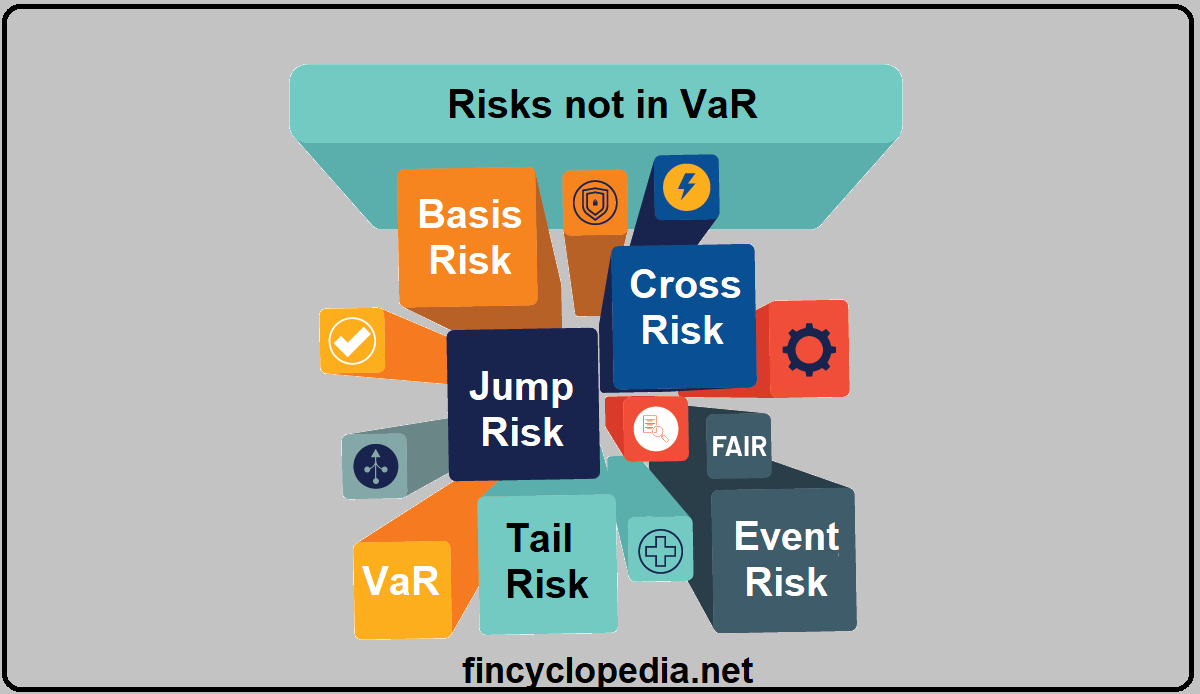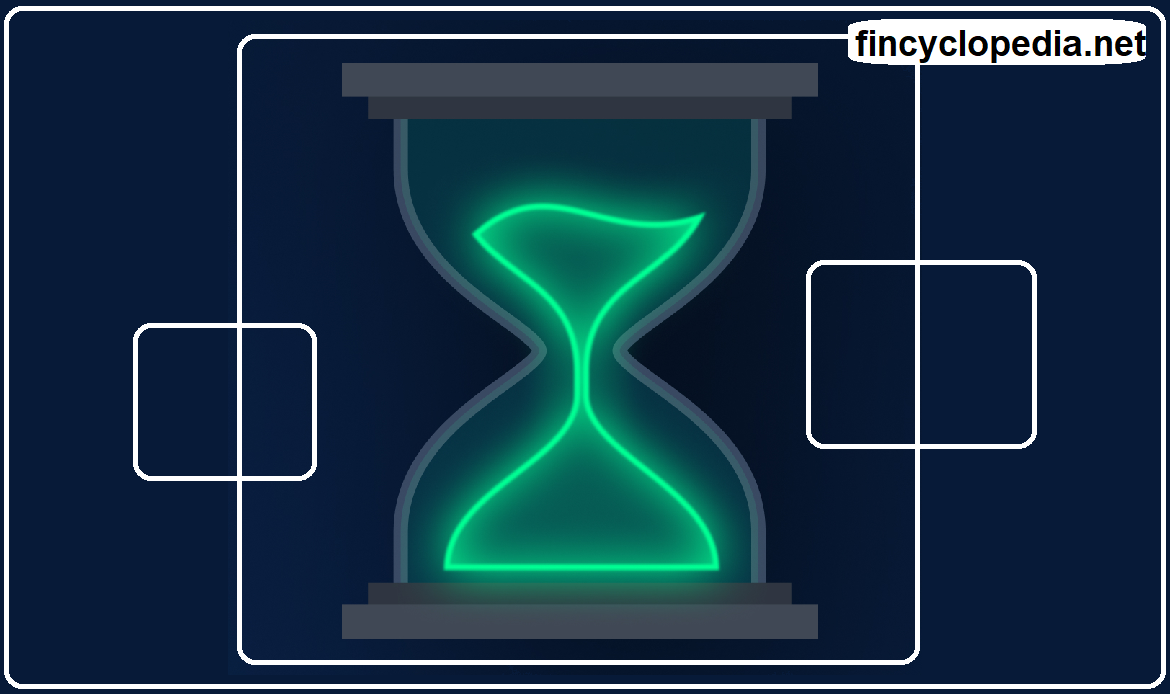A type of securitization that does not involve a complete sale (true sale) of the underlying assets or property in a transaction. It involves transferring or shifting risk synthetically, i.e., using a means such as credit derivatives.
For example, in a credit protection contract (e.g., a CDS), the originator (the bank) and the investor enter into a contract whereby credit risk (and possibility currency risk and political risk) is transferred from the originator to the investor (holder, protection buyer), while the securities are kept on the balance sheet of the originator.
By not removing the asset from their balance sheets, banks can improve their liquidity profile, among others. By nature, banks are often subject to strict minimum asset balance sheet requirements and keep certain assets on balance sheet allows them to free up capital that otherwise would have been moved away.
Synthetic securitization structure is composed by the originator, usually assisted by an investment banker, which seek to raise finance at a favorable rate. The originator is the party which owns the receivables, with a certain trading record.
It is also known as a non-true sale securitization or subrogation securitization.







